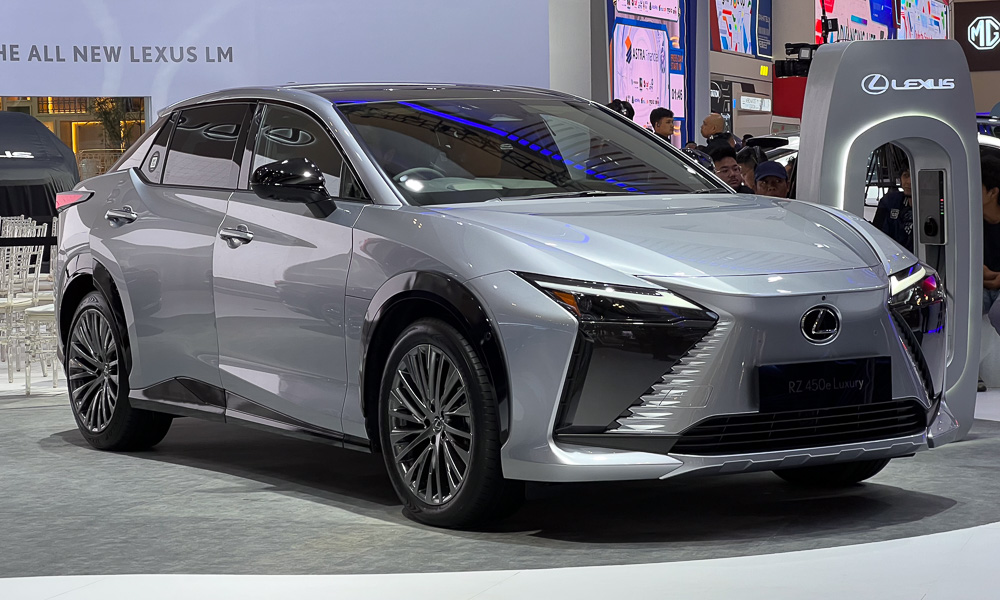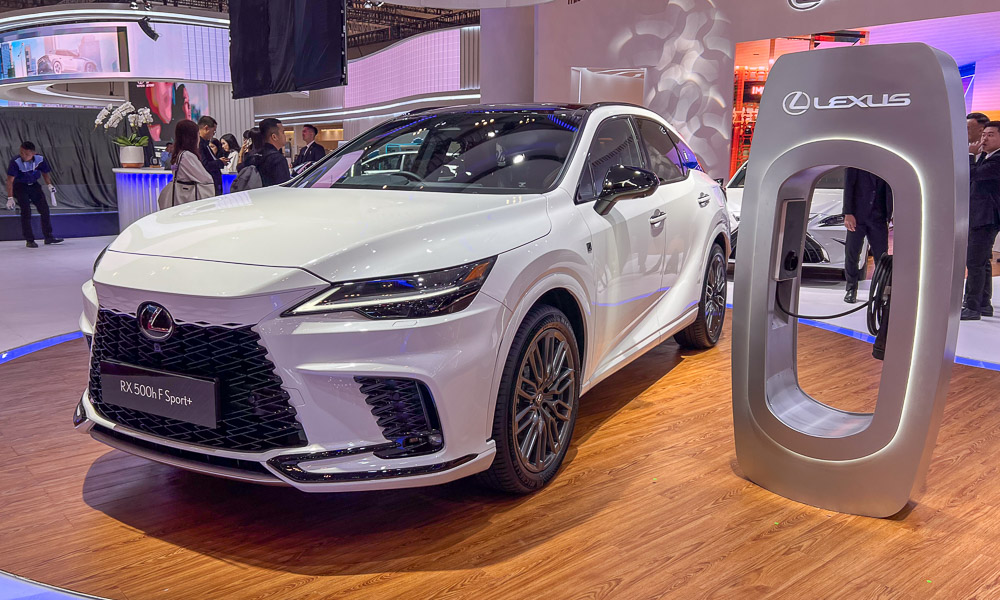
I am a mother of two young boys ages two and six. Ever since a human being grew inside me, I have become paranoid about the many scenarios in my family and how I could be in danger of the many ills in society. This painted a bleak future for my kids, and being a family cursed with moderate to severe allergic rhinitis, I fear for the quality of air our future bids. After all, breathing means living.
So, when I was invited to the media briefing with Toyota as a precursor to the upcoming 2023 Japan Mobility Show, my eyebrows were raised in pleasant surprise: Toyota as a global brand has put a pin on the year 2050 as its target to achieving carbon neutrality.


Do you know what carbon neutrality means for you and me? In a nutshell, it means the following:
1. Not allowing global warming to go beyond 1.5°C, the limit announced by the Intergovernmental Panel on Climate Change (IPCC) as safe for all living things. The current rate is at 1°C, and if we do not do anything now, it will reach a frightening increase of 2°C to 4°C by 2100. Get ready to sweat in your sleep if you already aren’t.
2. Lessening our carbon emissions. From the micro to the macro point of view, pollution is the enemy. We can only do so much on the individual level, so this is where various industries and conglomerates that make them up play a huge role in impacting positive change and ensuring we do not go over the 1.5°C increase in global temperature projected by 2050.
3. Making wise decisions in life, may it be for short-term or long-term goals. Since one rule of thumb in life is that everything is interconnected, this means choosing and consuming products that are environmentally sound and do not further add to our carbon footprint. This crucially includes the choices made available to us in terms of transportation, as the burning of fossil fuels like gasoline and diesel is a top contributor to carbon emissions worldwide.
This is where Toyota steps up and plays the role of a responsible big brother.


Toyota is number one globally in terms of volume sold at 9,566,961 units in 2022, and the undeniable leader in various markets such as Japan, Indonesia, Thailand, and the Philippines. It’s safe to say that at least half the world is either driving or riding a Toyota vehicle.
Naturally, being a responsible top dog in the automotive and mobility industry, Toyota takes it upon itself to be a significant contributor—not of carbon emissions, but toward carbon neutrality by 2050.
“In line with its global goal to be carbon-neutral by 2050, Toyota continuously works to provide a variety of cars that produce less or zero emission,” says Toyota Motor Philippines marketing vice president Elvin Luciano. “By 2030, it sees itself selling 3,500,000 Toyota and Lexus BEVs all over the world.”



And you can already see its early stages here in our country. As far as its hybrid vehicles are concerned, Toyota, together with Lexus, makes up 14 out of 18 HEVs that DOE recognizes in the country. If that isn’t pushing for a bullish start to carbon neutrality, we don’t know what else is.



In marketing, they teach us about the product life cycle—from development to its decline or death. Toyota’s carbon-neutrality strategy is all-encompassing and spans end to end: product design, energy, suppliers, logistics, OEMs, dealers, usage and charging, and recycling components.
Each stage is vital as planet earth doesn’t stop spinning on its axis when a newly manufactured car leaves the factory.
Toyota is using its resources to have an extensive plan even in handling the expiration of its products, which smartly includes a dismantling facility, management of its scraps, upcycling of used cars, and the recycling of its hybrid batteries.

As a whole, the company is led by a very pragmatic approach to achieving its ambitious goal by 2050, and believes in setting out a multi-pathway game plan to electrification, intelligent integration of connectivity for efficient use of mobility, and diversification in its mobility solutions as early as now.
It also scrutinizes important details in each region and country such as income, GDP per capita and market, median age, and other key local information to effectively modify its strategy, ensuring that each step it is taking is not only relevant but also conceivable. Baby steps make up big steps, after all.


So, what does 2050 mean for Toyota fans in the Philippines?
We can only beg the heavens that the local counterpart, Toyota Motor Philippines, gets the vital support it needs from all sectors of government and society to make a significant portion of the carbon neutrality goal.
Electrification in transportation is a hard target (and not a moving target). TMP and we ordinary Filipinos cannot do it alone.
After all, whether you are a parent or not, if you (or your loved ones) aim to be alive by 2050, it is in your best interest to be better stewards of the only planet we call home.
We have nowhere else to go.











Comments